Paul Gauguin.
Dazzling in Martinique.
Reposting an old article, that was hidden behind a paywall, and now it’s free!
Paul Gauguin, a prominent Post-Impressionist artist, is renowned for his groundbreaking contributions to the art world. One of his lesser-known but significant periods was his time spent in Martinique. In this essay, we will explore Gauguin's life, his artistic style, and the impact of his work in Martinique.
Paul Gauguin was born in 1848 in Paris, France. Throughout his life, he displayed a fervent passion for art, leading him to experiment with various styles and techniques. Although he began as an Impressionist, he later developed a more unique and symbolic approach, contributing to the rise of Post-Impressionism.
In 1887, seeking an escape from European civilization and seeking inspiration, Gauguin set sail to Martinique, a lush Caribbean island known for its vibrant colors and exotic landscapes. During his stay there, from 1887 to 1888, he created a series of paintings that showcased the beauty and allure of the island.
Gauguin's work in Martinique was characterized by a bold departure from traditional representation. He used vivid colors, flattened perspectives, and simplified forms to convey his emotional response to the tropical environment. His paintings like "Martinique Landscape" and "Tropical Vegetation" exemplified the lush greenery, dense jungles, and magnificent flora that captivated him during his stay.
Apart from landscapes, Gauguin was intrigued by the local culture and its people. He portrayed Martinique's inhabitants in "Women of Martinique," emphasizing their distinctive features and clothing. His fascination with the island's indigenous lifestyle led him to incorporate elements of Martinique's culture into his art, giving it a unique and authentic perspective.
Gauguin's time in Martinique was not without challenges. He faced financial difficulties and struggled to adapt to the island's climate and living conditions. Despite these obstacles, his dedication to art remained unwavering, and he found solace in the island's beauty, which greatly influenced his creative expression.
His work in Martinique received mixed reactions from critics and the public. Some praised the vibrancy and originality of his paintings, while others were critical of his departure from traditional artistic techniques. Nevertheless, his time in Martinique marked a significant turning point in his artistic career and laid the foundation for his later masterpieces.
Gauguin's experiences in Martinique deeply impacted him, influencing his subsequent works and inspiring other artists of the time. His use of bold colors, simplified forms, and incorporation of local culture served as a precursor to the Symbolist and Primitivist movements in art. His exploration of non-Western aesthetics and subject matter challenged conventional norms and broadened the horizons of the art world.
Paul Gauguin's time in Martinique was a transformative chapter in his artistic journey. The lush landscapes, vibrant colors, and unique culture of the island left an indelible mark on his work, leading to a profound shift in his artistic style. Through his paintings, he immortalized the beauty of Martinique and its people, leaving a lasting legacy that continues to inspire artists and art enthusiasts to this day.
Post-Impressionism, a movement that emerged in the late 19th century, marked a significant departure from the traditional artistic styles prevalent during the time. While Vincent van Gogh and Paul Gauguin are often associated with this movement, several other artists also contributed to its development and success.
Paul Cézanne (1839-1906)
Often considered the father of Post-Impressionism, Cézanne's work laid the foundation for modern art. He was known for his distinctive brushwork and innovative approach to color and perspective. His exploration of geometric forms and the transformation of nature in his paintings greatly influenced later artists.
Georges Seurat (1859-1891)
Seurat is best known for developing Pointillism, a technique where tiny dots of color are applied to the canvas to create an overall image. His most famous work, "A Sunday Afternoon on the Island of La Grande Jatte," exemplifies this style and reflects his fascination with colour theory and optical effects.
Henri Rousseau (1844-1910)
Often referred to as a "primitive" or "naïve" artist, Rousseau's work showcased vivid dreamscapes and lush jungle scenes. His use of flat, bold colours and imaginative compositions set him apart from his contemporaries, earning him recognition as an important Post-Impressionist figure.
Paul Signac (1863-1935)
A close associate of Seurat, Signac further developed Pointillism and was a prominent member of the Neo-Impressionist movement. His landscapes and marine scenes exhibit a mastery of colour and light, reflecting a deep interest in the scientific aspects of colour perception.
Pierre Bonnard (1867-1947)
A prominent member of the Nabis group, Bonnard's paintings often revolved around intimate domestic scenes and landscapes. His use of color and light to evoke emotions and capture fleeting moments made him an important figure in the Post-Impressionist movement.
The Post-Impressionist movement was a diverse and transformative period in art history. While Van Gogh and Gauguin played crucial roles in shaping this movement, they were not the only artists who contributed to its development. The artists mentioned above, such as Cézanne, Seurat, Rousseau, Signac, Toulouse-Lautrec, Bonnard, and Redon, each brought their unique style and vision, leaving a lasting impact on the art world and inspiring future generations of artists. Their works continue to be celebrated for their innovation, creativity, and exploration of new artistic possibilities.
Thank you for reading and supporting my work, it really means so much! Is there anything you’d like to see me write about in a future essay?


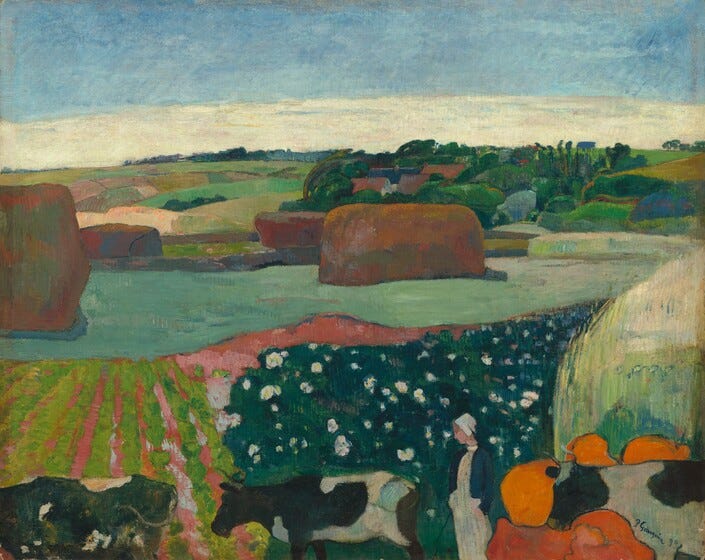
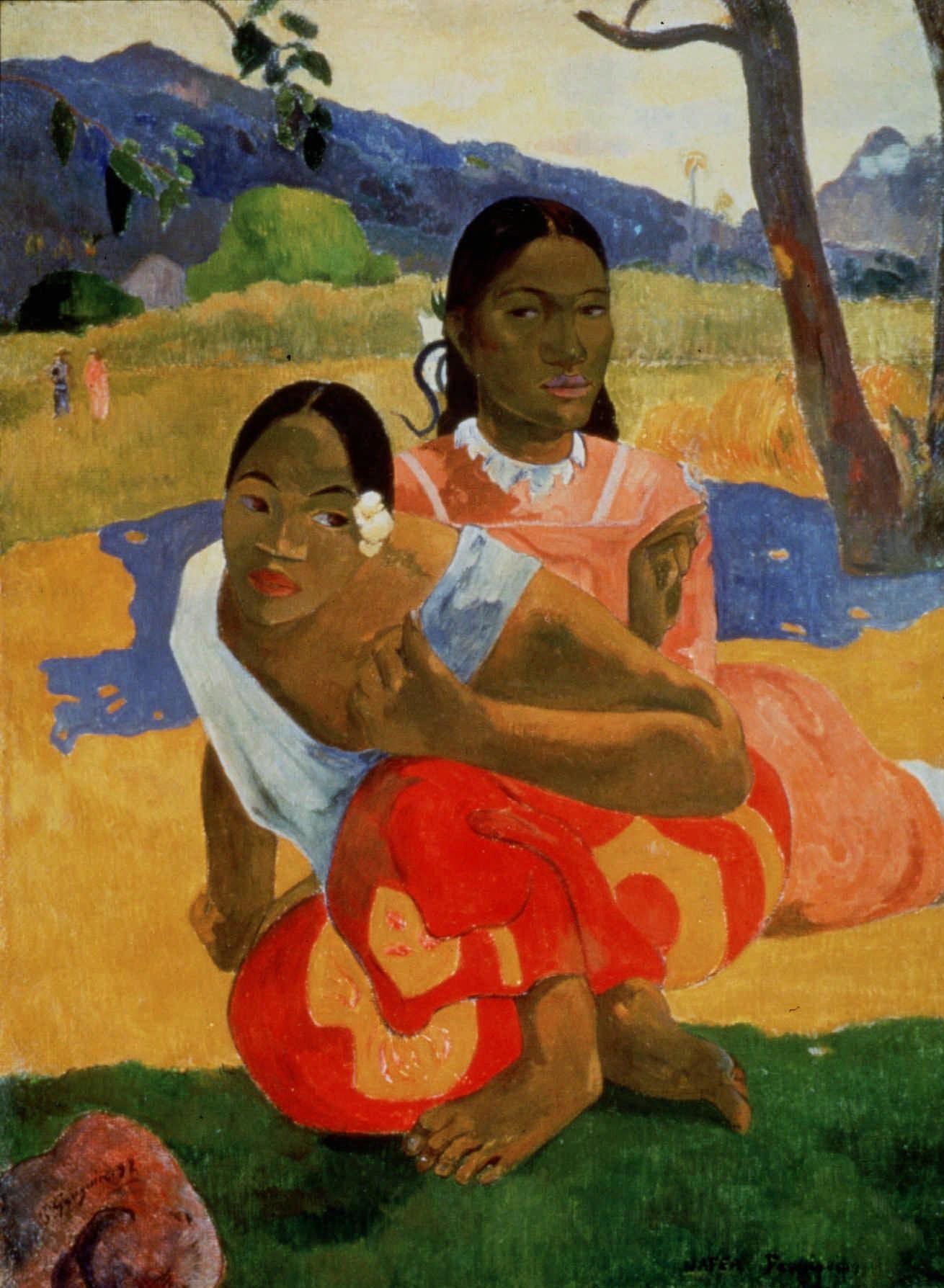

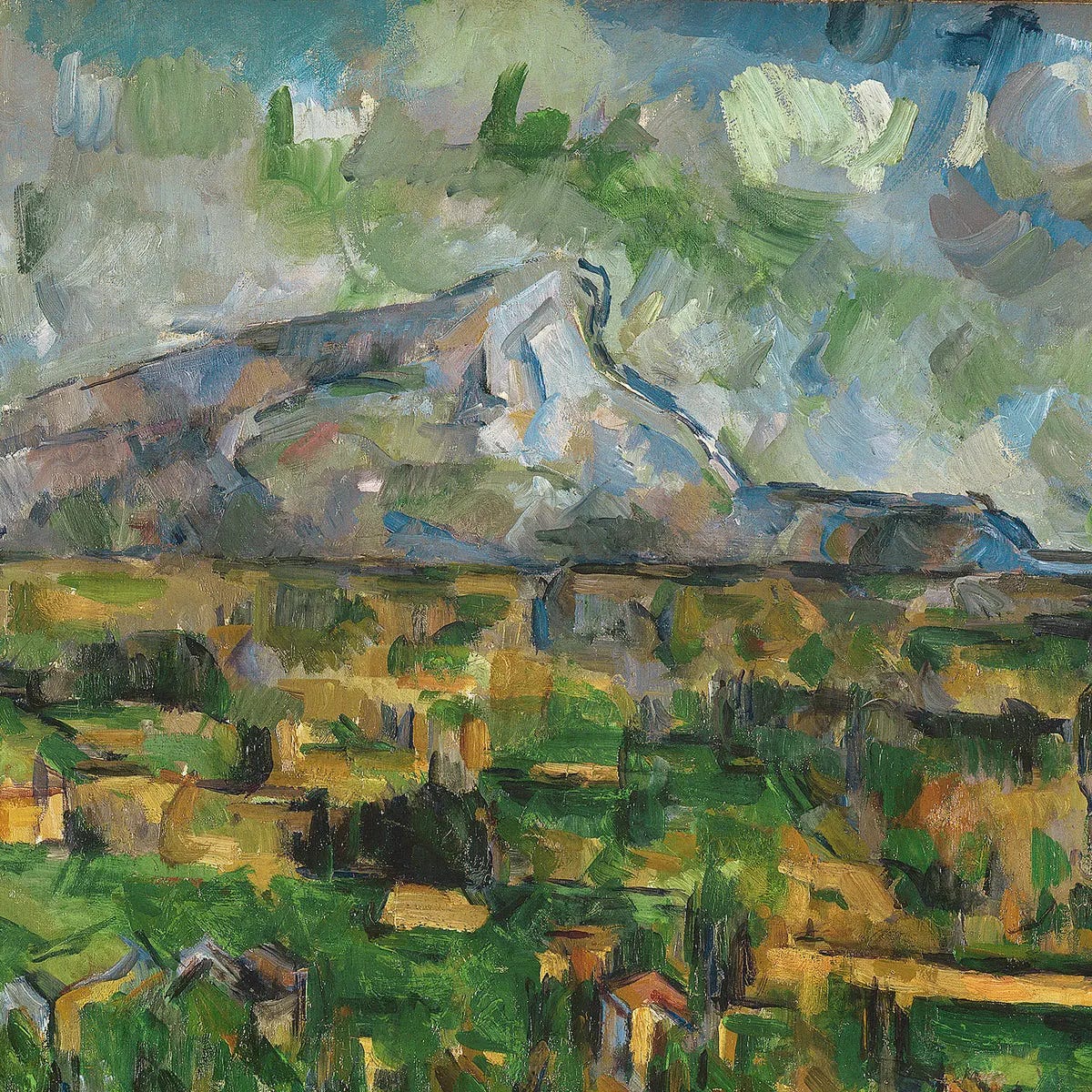

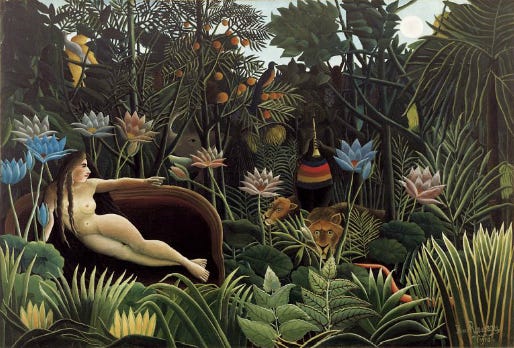
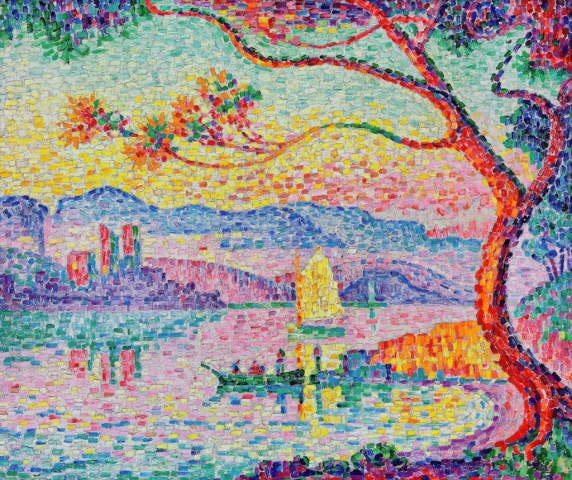

Oh you wonderful person! Thank you for your kind words and for upgrading. You really are my favourite 💕🎉💗